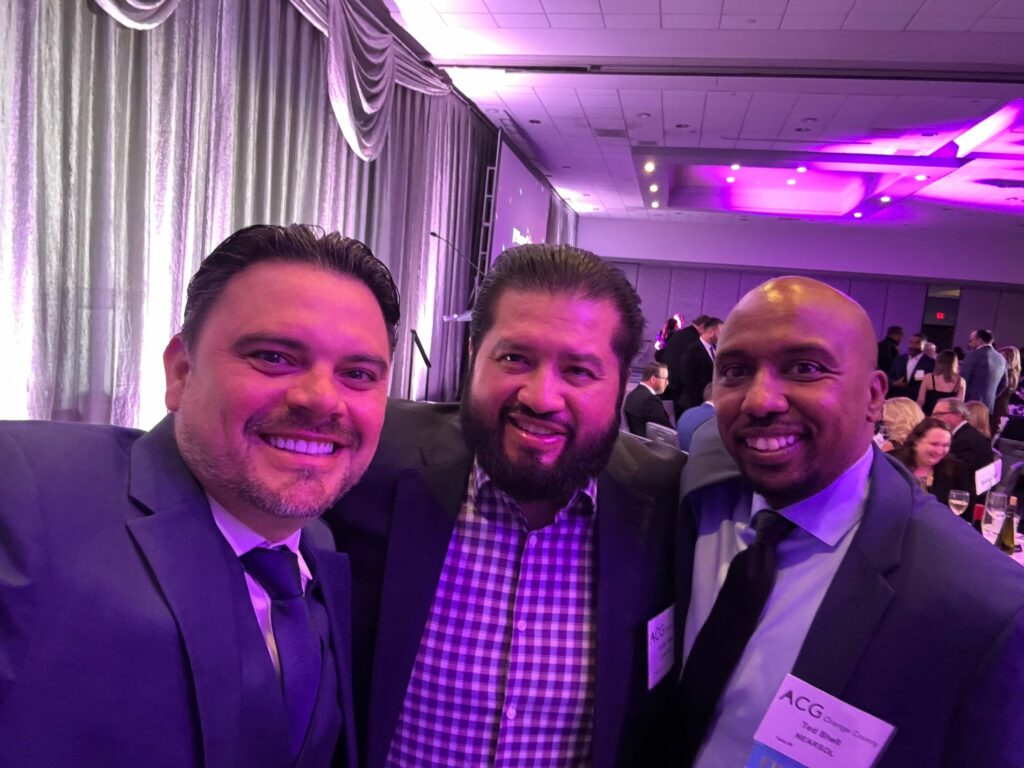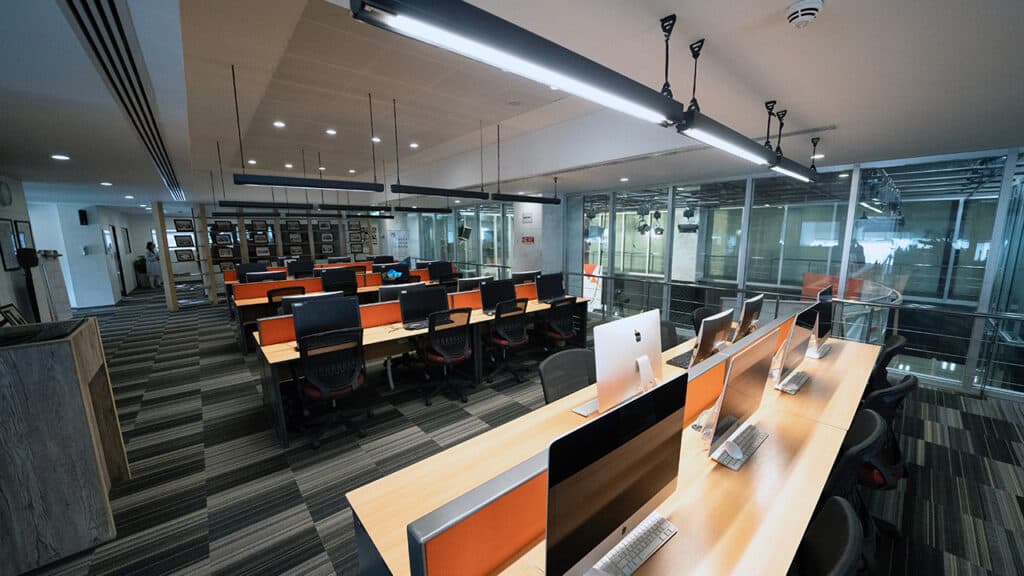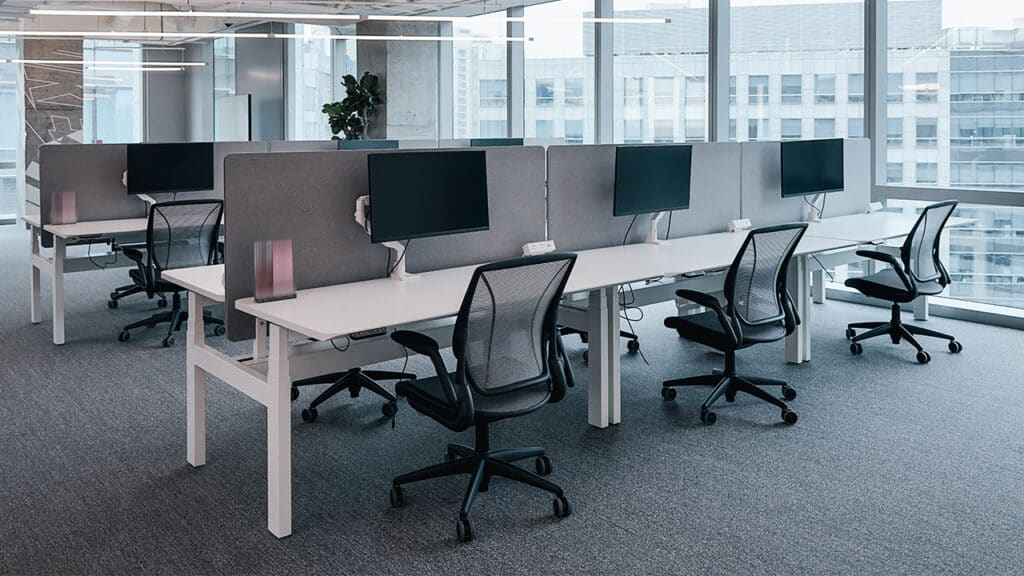Work from home (WFH) has become a part of what analysts are calling the ‘new normal’ – how our work and personal life has been forced to adjust after the Covid-19 pandemic. Although it’s not quite over yet, there is hope on the horizon. Some countries have already started administering the Pfizer and Moderna vaccine to citizens, so there is a lot of positivity and hope that 2021 is going to see some normality.
But there is a consensus view that suggests our new normality will not be what we were used to in 2019.
Our clients certainly want to be prepared for any future challenges to their business, so they have all talked to me about enhanced Business Continuity Planning (BCP). In general, this means being flexible and ready for any future challenges that Covid-19 – or even a future virus that we are unaware of at present – may present.
This need for enhanced agility and BCP means that WFH is going to be a permanent feature in the customer service environment. I don’t mean that there will be no contact centers and everyone will remain 100% at home, but there will be a need to ensure that some people are always working at home and others can easily work at home if needed. It is this more flexible hybrid approach that will be important and will give clients the confidence that should there be any future health crisis, then we are ready to respond.
This acceptance means that our company needs to modify our approach. Some of my own initial changes include:
Accepting the normality of WFH. It has been proven to work, but I am now actively working with clients and helping them to understand how we can move from the pandemic response mode to embracing this as normal.
Hiring for WFH. We can include some people on the team that are never expected to visit the contact center, so we need to ensure a smooth selection, hiring, and onboarding process that allows everything to work without ever meeting a candidate.
Help those who prefer the office. Some people don’t find it easy to work at home. They have caring responsibilities or they live in a shared home and it’s just not easy to find a quiet private space. We need to make these team members feel welcome and safe back in the contact centers – along with all the safety changes the office needs until we are confident the vaccination removes the need for strong social distancing measures.
Social tools. We need to embrace ways to keep the team working together and even socializing using office automation tools. Tools like Slack, Teams, and Zoom, have all become essential this year, but they are not just for meetings – these tools bring people together.
Culture. It’s important to start building a culture that embraces the WFH team members, confirming that they are now a vital part of the team and this distributed team structure will now continue so we need to find the best way to work within this environment.It’s clear that vaccines are now on the way, but at the same time, our clients will not want a complete return to how things were in 2019. Agility and an ability to maintain a WFH presence will be important in the new normal and our culture needs to adjust to embrace and welcome this distributed approach to work in 2021.





